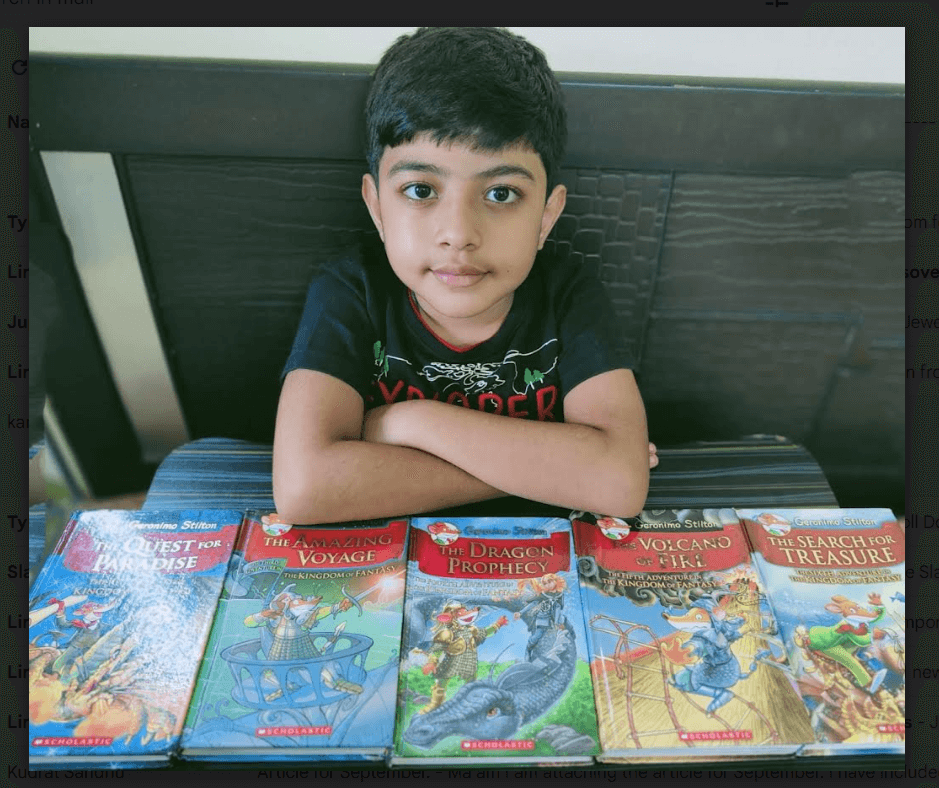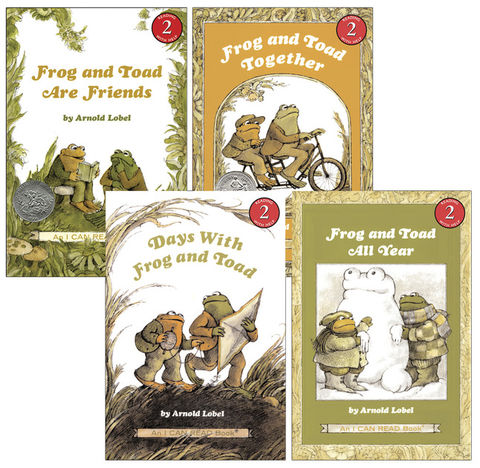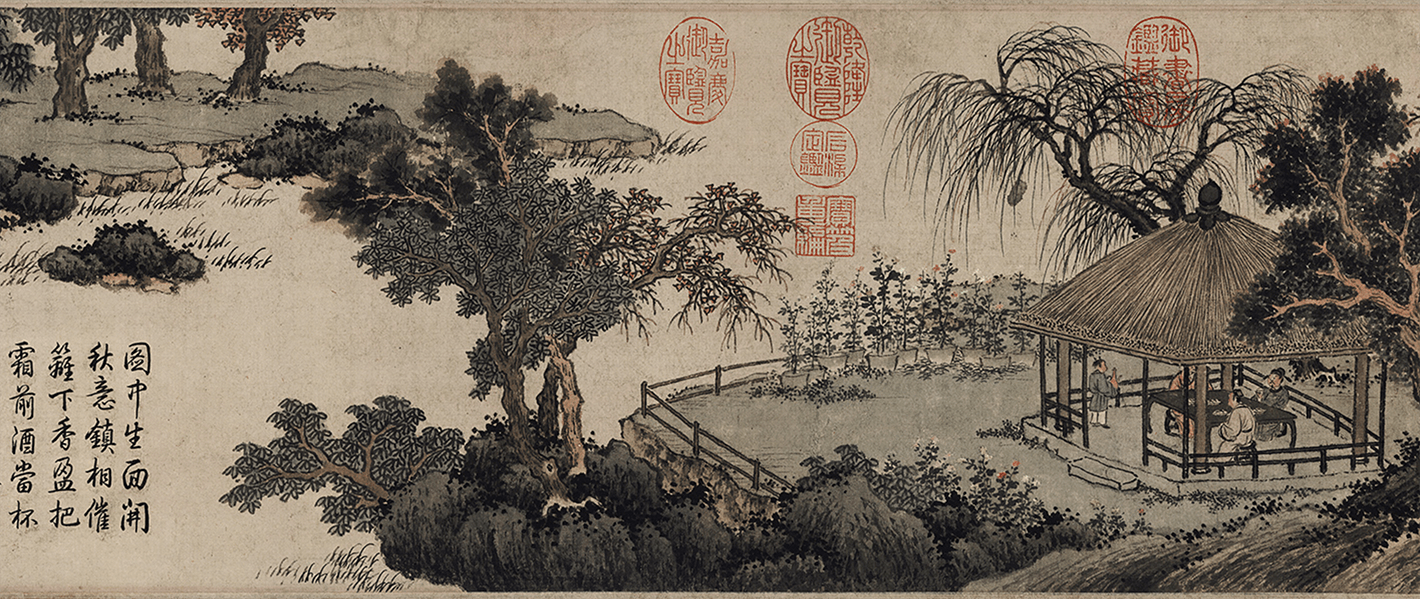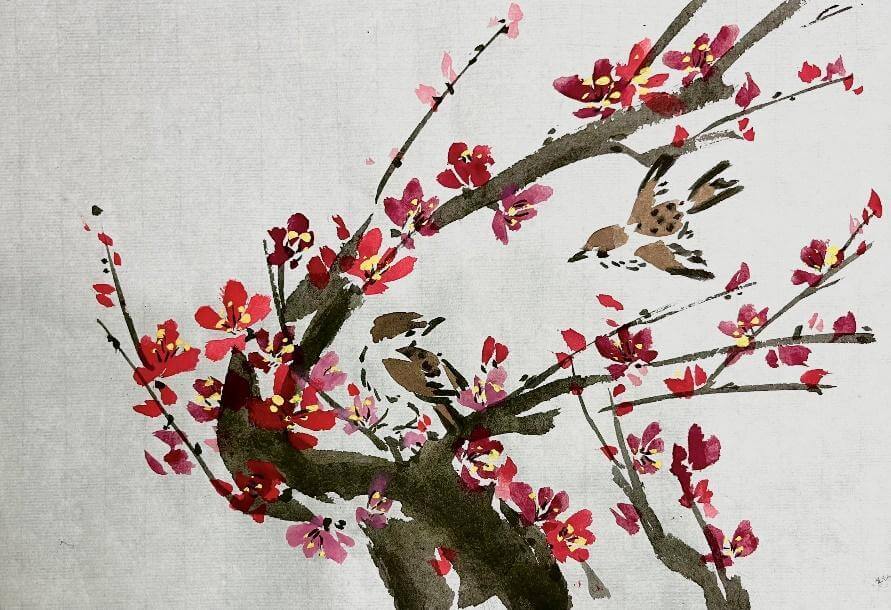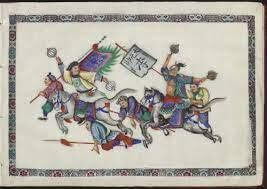Over the past few hundred centuries, clothing has been an essential part of everybody’s life. Ever since the invention of clothing from animal skin, humans have started inventing a variety of clothing materials for different occasions. Though clothing is an important part of everyone’s life, it requires sacrificing a lot of animals to fulfil our daily clothing needs.
We obtain wool, leather and various other clothing products from animals such as sheep and cows. Millions of animals across the world are being killed to obtain these products to fulfil the demands of fashion clothing. Hurting and showing cruelty to animals is a common practice all around the globe. Animal cruelty is showing harm towards animals, purposefully for our desires. “Humanity’s true moral, its fundamental test…consists of its attitude towards those who are at its mercy: animals.” This quote explains to us how animals are being ill-treated, and how it should be taken under control immediately. Animal cruelty is a pervasive problem that is present in our society. This problem is being faced throughout the globe, but restrictions on it may vary for different individuals or even countries. There may be some countries which accept some sort of cruelty towards animals, while some countries don’t. The same applies to individuals who may have different opinions about cruelty towards animals.
Though countries have restrictions on using animals for products, clothing made from animals is not restricted in most parts of the globe. As we already know, clothing is an important part of everybody’s life, hence, restricting the usage of animals for clothing will lead to protests and disagreement within the country.
Among all the animal products used for clothing, leather is one of the most blooming clothing industries. A few estimates show us that the leather industries make over 80 billion dollars. Though several animals are harmed, and several harmful chemicals are used in the making of leather, it plays an important role as a part of clothing all around the globe.
Two Mexican Entrepreneurs, Adrian and Marte have found ways to avoid using cows for leather. Yes, these two Mexican entrepreneurs have completely avoided harming cows to obtain leather. Instead, Adrian and Marte make leather for cactus leaves. This water-efficient vegan cactus leather is a wonderful invention that not only benefits us as humans but also helps reduce animal abuse for making products. These two guys have managed to make Leather out of Cactus Leaves which is estimated to save more than 1 Billion Animals from being killed for fashion.
Though you might think making leather is impossible from cactus leaves, these two entrepreneurs have made it possible, in such a way it resembles real leather. This innovation is greatly impacted, as it’s almost impossible to tell the difference between cow-extracted leather and leather made out of cactus leaves.
The idea towards making leather out of cactus leaves is as straightforward as expected. Adrian and Marte were working in the fashion and automotive furniture industry when they realized how many animals are killed every day. Moreover, they also realized that the environment is being polluted, damaging the surroundings. Reflecting on this, they decided to drop out of their jobs and work towards inventing a sustainable solution to the problem. After brainstorming various ideas, Adrian and Marte came up with the idea of making leather from cactus leaves.
The leather made from cactus leaves is called ‘Desserto’. This leather is made from cactus grown in Mexico. The type of cacti which is used to make the leather has a rugged and very thick skin, which is why it feels so similar to that of animal skin. The cacti-made vegan leather is free from harmful chemicals such as PVC, and phthalates from its design. Hence, the leather doesn’t harm the environment in any way, and it offers a variety of different colors ranging from Green, all the way to Red. Vegan leather also offers a variety of thicknesses, textures and so much more.
This vegan leather could be a game changer, as it can impact the lives of millions of people around the globe. It can also be an impactful factor for animals, as with his innovation, we can save millions of plants and animals across the world.
Let us take this article as awareness to spread the importance of switching to sustainable methods to avoid hurting animals and the environment. This article also shows us to stop animal cruelty and abuse for our new needs and demands. Let us take the example of these two wonderful and innovative entrepreneurs who found sustainable methods to avoid extracting leather from cows, instead using cactus leaves, saving millions of cows from being killed for human demands and needs.
